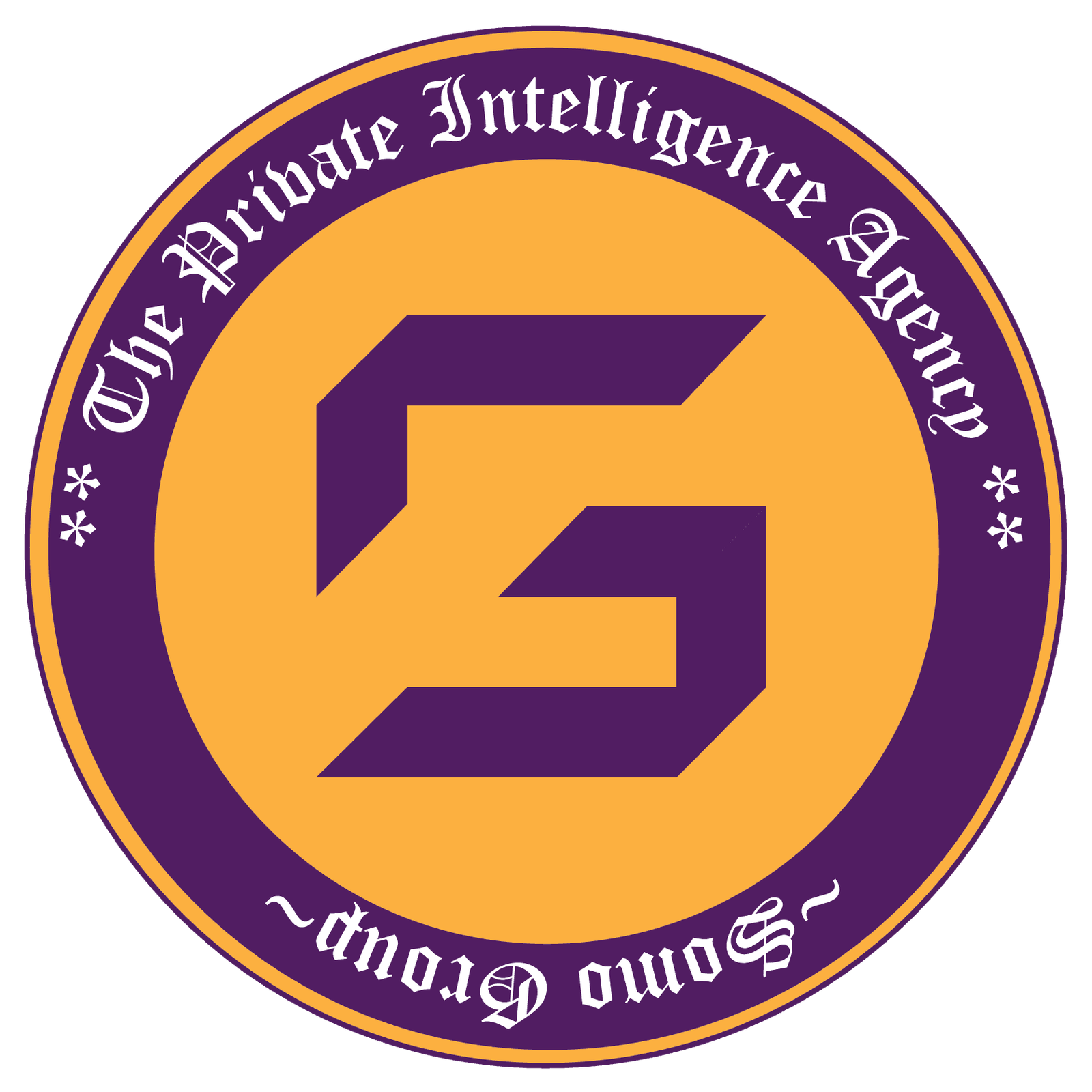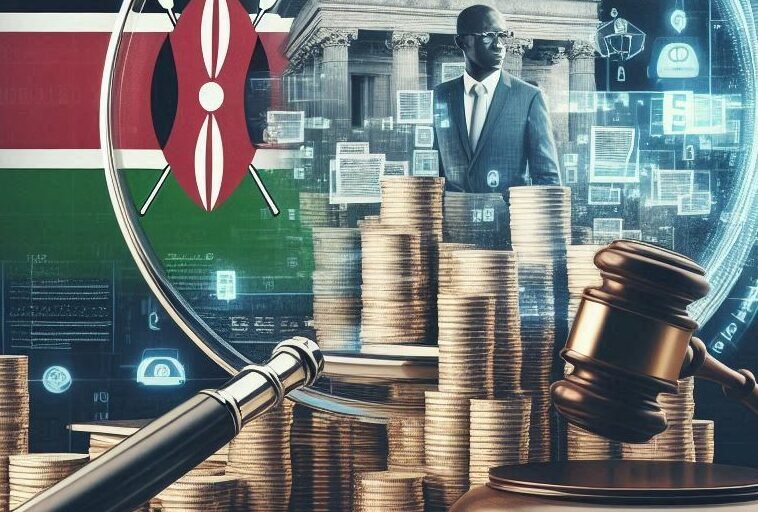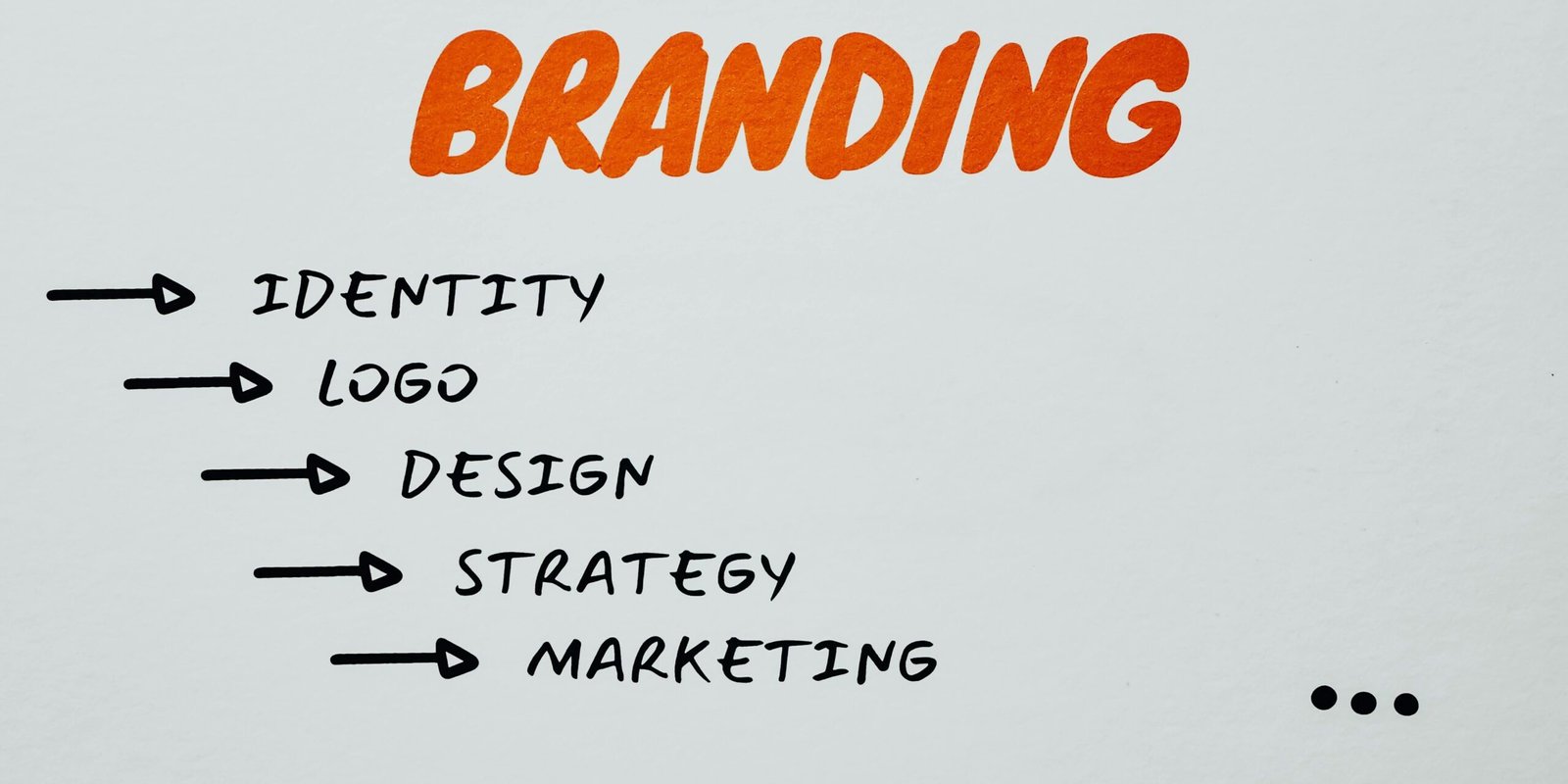Asset Tracing for Lawyers in Kenya
Asset Tracing for Lawyers in Kenya: Recovering Hidden Assets in Civil Cases
Introduction
Asset tracing is an essential process in the realm of civil litigation, particularly for lawyers dealing with cases where one party refuses to pay despite having substantial assets. In Kenya, the ability to trace and recover these assets can significantly influence the outcome of legal disputes. This comprehensive guide delves into the intricacies of asset tracing, its importance for legal practitioners, and why specialized agencies like Somo Group Intelligence are invaluable partners in this endeavor.
Understanding Asset Tracing
What is Asset Tracing?
Asset tracing is the systematic process of identifying, locating, and analyzing assets that have been hidden or misappropriated to avoid legal obligations, such as debt repayment. This process often involves financial investigations, forensic accounting, and the use of advanced technological tools to uncover the true ownership and location of assets.
Key Elements of Asset Tracing
- Identification: Determining the existence of assets, whether tangible or intangible, such as cash, property, investments, or intellectual property.
- Tracing: Following the trail of assets through various transactions and transfers to understand their movement and current status.
- Analysis: Evaluating the data collected to establish the connection between the assets and the parties involved, often requiring expert interpretation of financial records.
- Recovery: Initiating legal actions to reclaim the assets, including court orders for freezing, seizure, or forfeiture.
The Importance of Asset Tracing for Lawyers in Kenya
Enhancing Legal Outcomes
For lawyers, particularly those involved in civil litigation, asset tracing is a powerful tool that can significantly impact the success of their cases. Key benefits include:
- Evidence Collection: Providing concrete evidence of asset ownership and movement, which is crucial in proving cases where a party is attempting to evade debt repayment.
- Enforcement of Judgments: Enabling the enforcement of court judgments by identifying assets that can be seized or liquidated to satisfy legal claims.
- Negotiation Leverage: Offering leverage in negotiations and settlements by revealing the true financial status of parties involved.
Addressing Non-Payment Issues
In civil cases, one of the most frustrating challenges is dealing with parties who refuse to pay their debts despite having the means to do so. Asset tracing is instrumental in such scenarios:
- Uncovering Hidden Assets: Identifying assets that debtors have concealed through complex schemes involving offshore accounts, shell companies, and other means.
- Ensuring Compliance: Compelling debtors to comply with court orders by revealing their actual financial status and making it difficult for them to claim insolvency.
- Facilitating Legal Recourse: Providing the necessary evidence for legal actions that can lead to the seizure and liquidation of assets to satisfy the debt.
Combating Fraud and Corruption
In Kenya, where corruption and economic crimes are persistent challenges, asset tracing plays a vital role in combating these issues. Lawyers engaged in anti-corruption efforts rely on asset tracing to:
- Support Prosecutions: Providing crucial evidence to support prosecutions and secure convictions in corruption and fraud cases.
- Promote Transparency: Enhancing transparency and accountability by exposing illicit financial activities and ensuring that stolen assets are recovered and returned to the public.
- Deterrence: Acting as a deterrent against future economic crimes by demonstrating that perpetrators will not benefit from their illegal activities.
Legal Framework for Asset Tracing in Kenya
The Constitution of Kenya, 2010
The Constitution of Kenya, 2010, lays the foundation for asset recovery by establishing principles of transparency, accountability, and the rule of law. Key provisions include:
- Article 40: Protects the right to property but allows for the confiscation of property acquired unlawfully.
- Article 79: Mandates the establishment of an ethics and anti-corruption commission to oversee the implementation of anti-corruption measures.
Anti-Corruption and Economic Crimes Act, 2003 (ACECA)
The ACECA is the primary legislation governing the fight against corruption and economic crimes in Kenya. It provides the legal basis for:
- Investigations: Enabling the Ethics and Anti-Corruption Commission (EACC) to investigate corruption and economic crimes.
- Asset Forfeiture: Allowing for the seizure and forfeiture of assets acquired through corruption and economic crimes.
Proceeds of Crime and Anti-Money Laundering Act, 2009 (POCAMLA)
POCAMLA provides a comprehensive framework for combating money laundering and recovering proceeds of crime. Key provisions include:
- Freezing Orders: Allowing the court to issue freezing orders to prevent the dissipation of suspected criminal assets.
- Civil Forfeiture: Enabling the confiscation of assets without a criminal conviction if they are proven to be proceeds of crime.
- Mutual Legal Assistance: Facilitating international cooperation in asset recovery.
Civil Procedure Act
The Civil Procedure Act and Rules provide the framework for the enforcement of civil judgments in Kenya. Key provisions include:
- Attachment of Property: Allowing for the attachment and sale of a debtor’s property to satisfy a judgment debt.
- Garnishee Proceedings: Enabling creditors to attach debts owed to the judgment debtor by third parties.
- Injunctions: Granting courts the power to issue injunctions to prevent the disposal of assets during legal proceedings.
The Asset Tracing Process
Identification and Tracing of Assets
The first step in the asset tracing process is the identification and tracing of assets suspected to be hidden or misappropriated. This involves:
- Financial Investigations: Analyzing financial records, bank statements, and other relevant documents.
- Surveillance: Conducting surveillance and intelligence gathering to locate hidden assets.
- Collaboration: Working with domestic and international partners to trace assets across jurisdictions.
Freezing and Seizure of Assets
Once assets have been identified and traced, the next step is to prevent their dissipation by freezing and seizing them. This involves:
- Freezing Orders: Obtaining court orders to freeze the assets temporarily.
- Seizure Warrants: Issuing warrants to seize movable assets such as vehicles, cash, and jewelry.
Forfeiture Proceedings
Forfeiture proceedings aim to permanently confiscate the illicit assets. There are two types of forfeiture:
- Criminal Forfeiture: Linked to a criminal conviction, where assets are forfeited as part of the sentencing process.
- Civil Forfeiture: Independent of a criminal conviction, based on proving that the assets are proceeds of crime.
Management and Disposal of Recovered Assets
Recovered assets must be managed and disposed of in a transparent and accountable manner. This involves:
- Asset Management: Ensuring that seized assets are maintained and preserved.
- Public Auctions: Selling recovered assets through public auctions.
- Repatriation: Returning assets to their rightful owners or reinvesting them in public services.
International Cooperation
Given the transnational nature of many economic crimes, international cooperation is essential in the asset recovery process. This involves:
- Mutual Legal Assistance (MLA): Formal requests for assistance in asset tracing, freezing, and recovery.
- Extradition: Facilitating the extradition of suspects involved in economic crimes.
- Information Sharing: Exchanging information and intelligence with foreign counterparts.
Challenges in Asset Tracing
Legal and Procedural Hurdles
The asset tracing process is often hindered by complex legal and procedural hurdles, such as:
- Lengthy Legal Processes: Prolonged legal battles can delay the recovery of assets.
- Burden of Proof: Proving that assets are proceeds of crime can be challenging, especially in civil forfeiture cases.
- Jurisdictional Issues: Navigating different legal systems and jurisdictions can complicate cross-border asset recovery efforts.
Capacity and Resource Constraints
Limited capacity and resources within key institutions can impede effective asset recovery. Challenges include:
- Skill Gaps: A lack of specialized skills and expertise in financial investigations and asset tracing.
- Funding: Insufficient funding to support comprehensive asset recovery efforts.
Corruption and Political Interference
Corruption and political interference can undermine the asset recovery process. Issues include:
- Collusion: Collusion between corrupt officials and criminals to conceal illicit assets.
- Political Will: A lack of political will to pursue high-profile cases and recover stolen assets.
The Role of Specialized Asset Tracing Expertise
Challenges in Asset Tracing
Asset tracing is inherently complex and presents several challenges, including:
- Sophisticated Schemes: Criminals often employ sophisticated schemes to hide assets, involving multiple layers of transactions and entities across different jurisdictions.
- Limited Resources: Legal practitioners may lack the specialized skills, tools, and resources needed to conduct comprehensive asset tracing investigations.
- Jurisdictional Barriers: Tracing assets across borders involves navigating different legal systems, regulatory frameworks, and financial networks.
The Role of Specialized Agencies
Given these challenges, lawyers in Kenya increasingly turn to specialized agencies like Somo Group Intelligence to assist with asset tracing. These agencies provide several advantages:
- Expertise: Possess specialized knowledge in forensic accounting, financial investigations, and digital forensics, which are crucial for effective asset tracing.
- Advanced Tools: Utilize advanced technological tools and methodologies to trace assets through complex financial networks and uncover hidden connections.
- Global Reach: Have the capability to conduct cross-border investigations, leveraging international networks and partnerships to trace and recover assets globally.
How Somo Group Intelligence Can Help
Somo Group Intelligence stands out as a premier asset tracing agency in Kenya, offering a range of services designed to support legal professionals in their efforts to recover illicit assets. Their services include:
- Comprehensive Investigations: Conducting thorough investigations to identify and trace assets through detailed financial analysis and forensic accounting techniques.
- Technological Solutions: Employing cutting-edge technology, including data analytics and digital forensics, to uncover hidden assets and analyze complex financial transactions.
- Collaboration and Support: Working closely with legal teams to provide expert testimony, prepare detailed reports, and support legal proceedings aimed at asset recovery.
- International Cooperation: Facilitating international cooperation and mutual legal assistance to trace assets across borders and ensure their successful recovery.
Case Study: Successful Asset Tracing in Civil Litigation
Background
In a landmark civil litigation case, a prominent Kenyan businessman was sued for defaulting on a substantial debt. Despite claims of insolvency, the plaintiff suspected that the businessman had hidden significant assets to avoid payment.
Investigation
The plaintiff’s legal team engaged Somo Group Intelligence to conduct a comprehensive asset tracing investigation. The process involved:
- Financial Analysis: Detailed examination of the businessman’s financial records, bank statements, and property transactions.
- Digital Forensics: Analyzing digital footprints and communication records to uncover hidden accounts and transactions.
- Global Search: Leveraging international networks to trace assets held in offshore accounts and investments in foreign jurisdictions.
Findings
The investigation revealed a complex network of shell companies and offshore accounts used to conceal substantial assets, including luxury properties, vehicles, and investment portfolios.
Legal Actions
Armed with concrete evidence from Somo Group Intelligence, the plaintiff’s legal team secured court orders to freeze and seize the identified assets. The assets were subsequently liquidated to satisfy the debt, ensuring justice for the plaintiff.
Conclusion
Asset tracing is an indispensable tool for lawyers in Kenya, particularly in civil cases where one party refuses to pay despite having substantial assets. By identifying and recovering hidden assets, legal practitioners can enhance their case outcomes, enforce judgments, and promote transparency and accountability. Given the complexities and challenges involved in asset tracing, partnering with specialized agencies like Somo Group Intelligence can provide the expertise, resources, and global reach necessary to achieve successful asset recovery. As Kenya continues to strengthen its legal framework and institutional capacity, the role of asset tracing and the support of expert agencies will be crucial in ensuring justice and restoring public trust.
- 144 views





